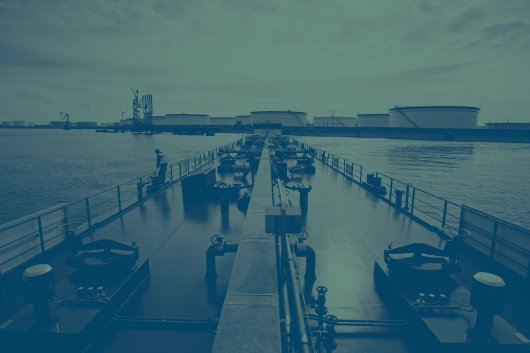New ferry concept consumes no fuel in 'plug-in' mode
Ferry is designed to run entirely on batteries or in a battery-engine hybrid configuration with LNG or biofuel.
A complete concept for a series of shuttle ferries, featuring zero or low emissions, is being launched by Wärtsilä. The concept has been developed in line with the Norwegian government's new environmental regulations for ferries emphasising the elimination of harmful emissions.
The shuttle ferry concept has been developed through cooperation between Wärtsilä's Ship Design and Electrical & Automation offices. The single solution offering is designed to provide customers with an optimised design and a single point of contact, thereby streamlining the engineering, integration, and follow-up procedures throughout the project phase.
The design characteristic focuses on high energy efficiency with low resistance, both above and below the water line. The ferries are designed to run entirely on batteries or in a battery-engine hybrid configuration where the fuel options are liquefied natural gas (LNG) or biofuel. In plug-in operation, the fuel consumption is said to be reduced by 100 percent compared to conventional installations, and all local emissions completely eliminated. With the plug-in hybrid configuration, emissions are claimed to be reduced by up to 50 percent.
"Wärtsilä is fully committed to producing ship designs, marine products, and integrated solutions that make a significant contribution towards lowering the environmental footprint of shipping. This new concept is one more example of this focus. By making it possible for ferries to eliminate exhaust emissions entirely, we feel that we are again acting proactively to protect the marine environment," said Riku-Pekka Hägg, Vice President, Ship Design, Wärtsilä Marine Solutions.
The concept features Wärtsilä's new wireless inductive charging system, which for typical shuttle ferry operations involving 20,000 or more departures a year, is considered a notable benefit because of its time and energy savings. The system eliminates physical cable connections, thus reducing wear and tear and enabling charging to begin immediately when the vessel arrives at quay.
The design also encompasses a complete electrical and automation package based on the company's battery/hybrid solution. It also includes Wärtsilä azimuth propulsion units and a complete bridge control system. The ferry series can accommodate 60 to 120 cars on a single car deck for quick and easy loading and unloading.
In addition to this design concept for newbuilds, Wärtsilä can also provide battery and hybrid solutions for retrofitting existing ferry propulsion units in order to meet the new regulations.
The shuttle ferry concept has been developed through cooperation between Wärtsilä's Ship Design and Electrical & Automation offices. The single solution offering is designed to provide customers with an optimised design and a single point of contact, thereby streamlining the engineering, integration, and follow-up procedures throughout the project phase.
The design characteristic focuses on high energy efficiency with low resistance, both above and below the water line. The ferries are designed to run entirely on batteries or in a battery-engine hybrid configuration where the fuel options are liquefied natural gas (LNG) or biofuel. In plug-in operation, the fuel consumption is said to be reduced by 100 percent compared to conventional installations, and all local emissions completely eliminated. With the plug-in hybrid configuration, emissions are claimed to be reduced by up to 50 percent.
"Wärtsilä is fully committed to producing ship designs, marine products, and integrated solutions that make a significant contribution towards lowering the environmental footprint of shipping. This new concept is one more example of this focus. By making it possible for ferries to eliminate exhaust emissions entirely, we feel that we are again acting proactively to protect the marine environment," said Riku-Pekka Hägg, Vice President, Ship Design, Wärtsilä Marine Solutions.
The concept features Wärtsilä's new wireless inductive charging system, which for typical shuttle ferry operations involving 20,000 or more departures a year, is considered a notable benefit because of its time and energy savings. The system eliminates physical cable connections, thus reducing wear and tear and enabling charging to begin immediately when the vessel arrives at quay.
The design also encompasses a complete electrical and automation package based on the company's battery/hybrid solution. It also includes Wärtsilä azimuth propulsion units and a complete bridge control system. The ferry series can accommodate 60 to 120 cars on a single car deck for quick and easy loading and unloading.
In addition to this design concept for newbuilds, Wärtsilä can also provide battery and hybrid solutions for retrofitting existing ferry propulsion units in order to meet the new regulations.
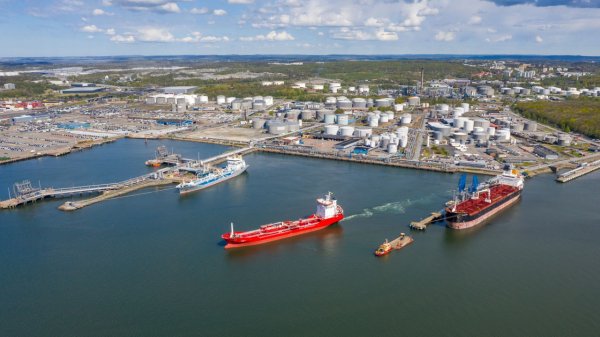
|
Swedish biomethane bunkered in Gothenburg
Test delivery performed by St1 and St1 Biokraft, who aim to become large-scale suppliers. |
|
|
|
||

|
Cockett to be closed down after 45 years
End of an era as shareholders make decision based on 'non-core nature' of Cockett's business. |
|
|
|
||
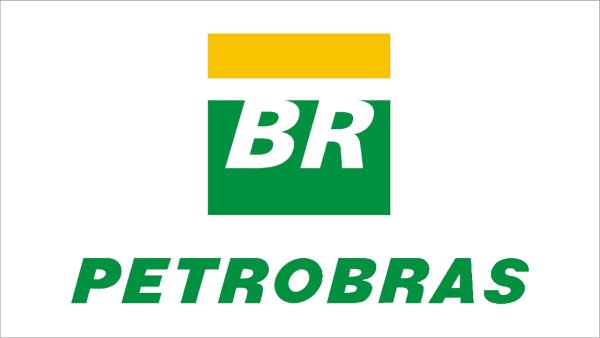
|
Petrobras confirms prompt availability of VLS B24 at Rio Grande
Lead time for barge deliveries currently five days. |
|
|
|
||
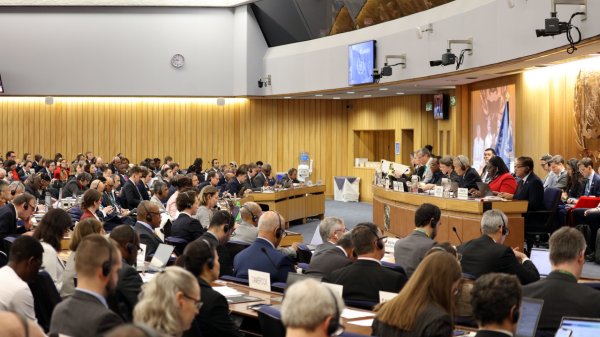
|
IMO approves pricing mechanism based on GHG intensity thresholds
Charges to be levied on ships that do not meet yearly GHG fuel intensity reduction targets. |
|
|
|
||
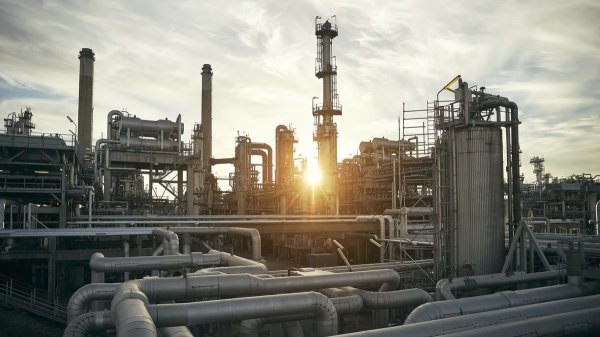
|
VARO Energy expands renewable portfolio with Preem acquisition
All-cash transaction expected to complete in the latter half of 2025. |
|
|
|
||
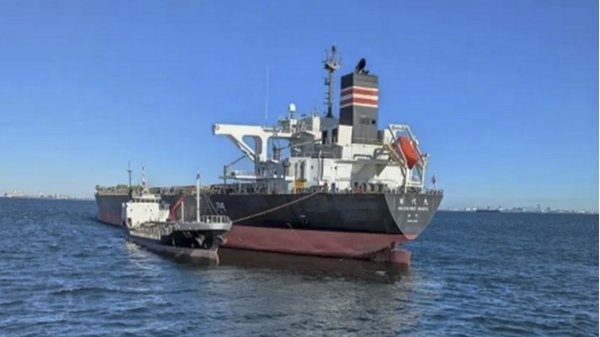
|
NYK trials biofuel in milestone coal carrier test
Vessel is used to test biofuel for domestic utility company. |
|
|
|
||
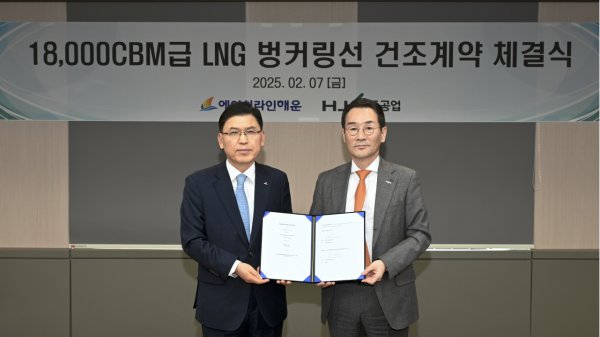
|
H-Line Shipping orders LNG bunkering vessel
Vessel with 18,000-cbm capacity to run on both LNG and MDO. |
|
|
|
||
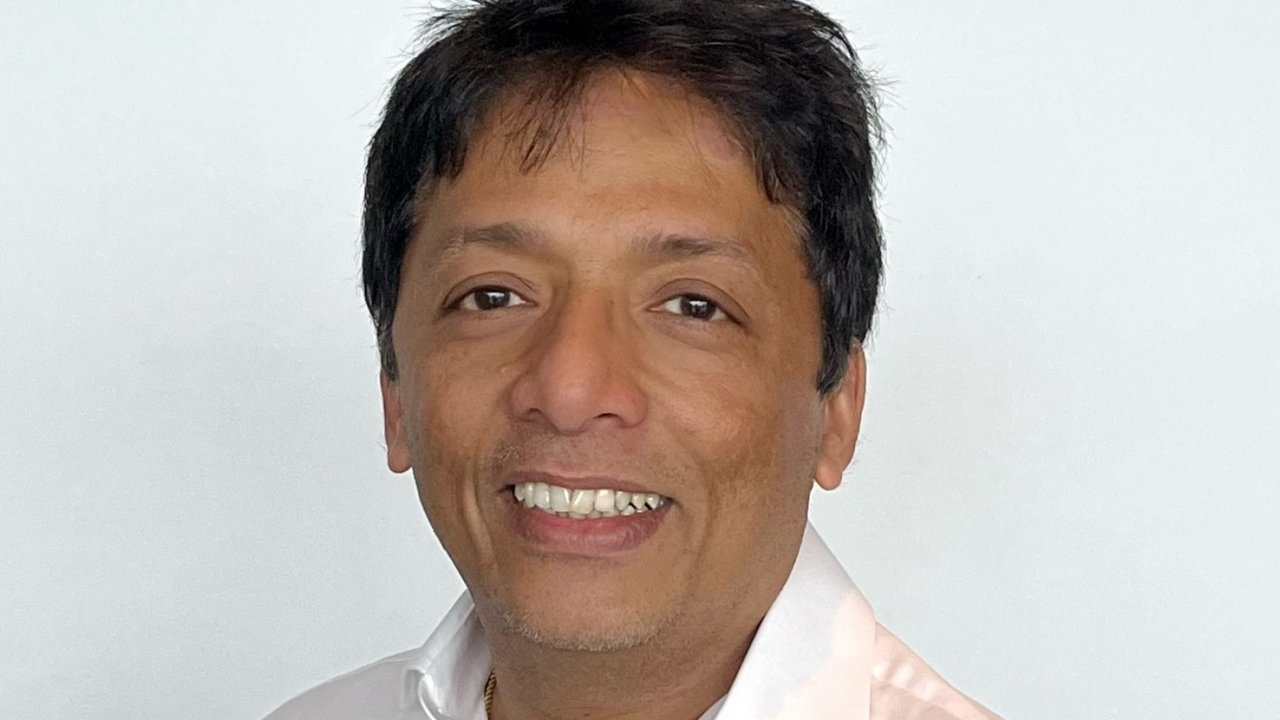
|
How to engineer and manage green shipping fuels | Stanley George, VPS
Effective management strategies and insights for evolving fuel use. |
|
|
|
||
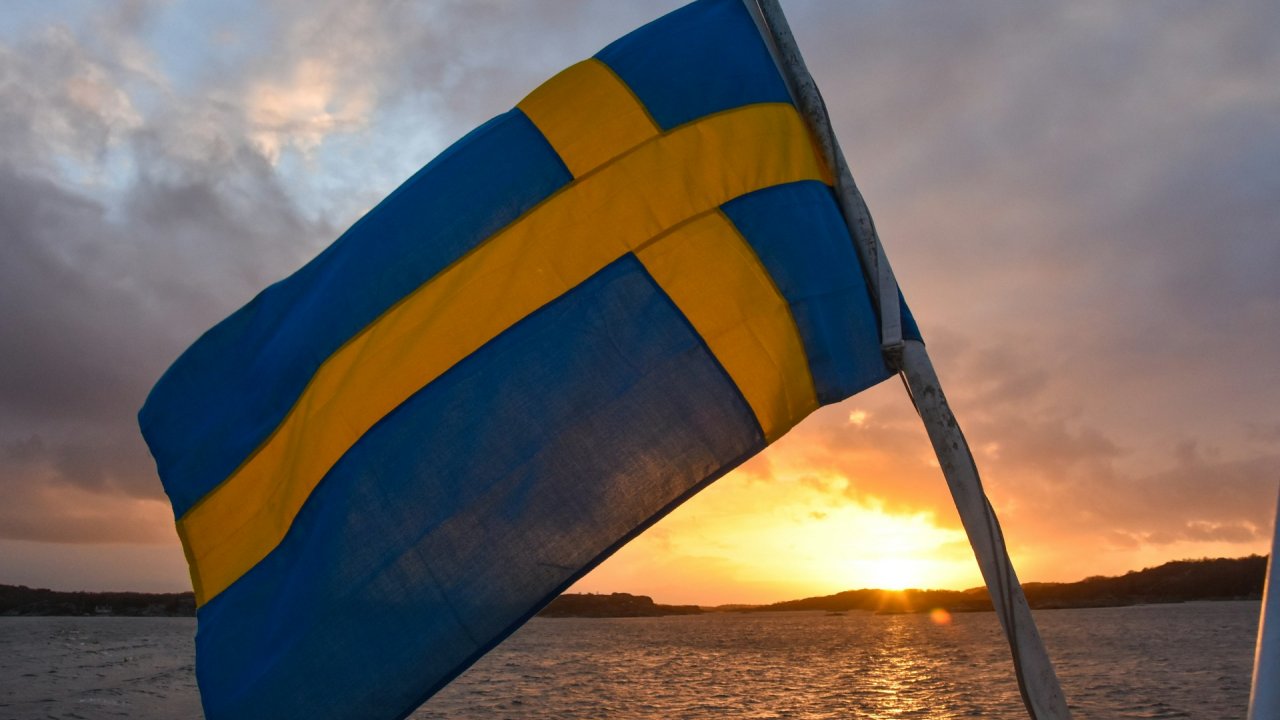
|
Swedish government bans scrubber wastewater discharges
Discharges from open-loop scrubbers to be prohibited in Swedish waters from July 2025. |
|
|
|
||
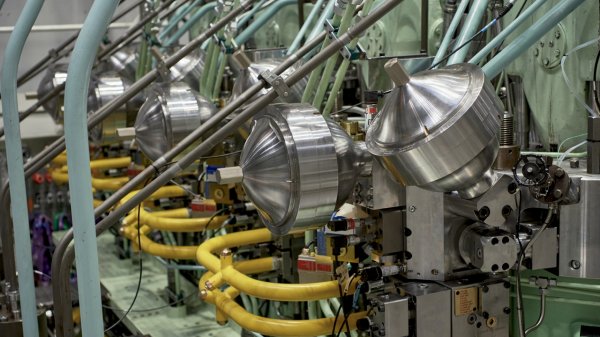
|
MAN Energy Solutions achieves 100% load milestone for ammonia engine
Latest tests validate fuel injection system throughout the entire load curve. |
|
|
|
||
Related Links
- · Dual-fuel engines for 15 barges chartered by Shell [Insights]
- · Dual-fuel engines ordered for groundbreaking TSHD [Insights]
- · Maiden voyage for Germany's first newbuild LNG-powered seagoing vessel [Insights]
- · Wartsila develops inert gas solution for 17 LNG carriers [Insights]
- · Wartsila to power two icebreakers [Insights]
- · Finland [Directory]

